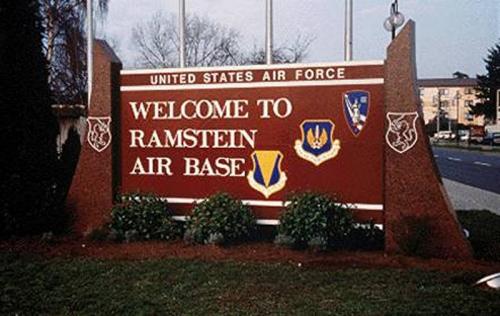
From Donna Cassata, AP: The United States is footing more of the bill for overseas bases in Germany, Japan and South Korea even as the military reduces the number of American troops in Europe and strategically repositions forces in Asia, a congressional report says.
The exhaustive, yearlong investigation by the Senate Armed Services Committee focused on costs and burden-sharing as the United States spends more than $10 billion a year to back up the U.S. military presence overseas, with 70 percent of the amount expended in the three nations. The figure does not include military personnel costs.
The panel’s report, obtained by The Associated Press in advance of its Wednesday release, found the financial contributions by those host countries lagging behind costs or increases in U.S. spending. The report identified inherent problems and missteps in the compensation system as the U.S. returns a growing number of its upgraded facilities on foreign land to the host countries. . . .
"The growth in our share has really been pretty stunning. And I think we’ve got to stop that direction," Sen. Carl Levin, D-Mich., chairman of the committee, said in an interview. "We cannot carry these greater and greater and greater percentages of the costs of maintaining these facilities. The ones that we give back, we’re going to have to be given appropriate consideration for the improvements, and the ones that we keep will have to have a much fairer burden-sharing than has been the case in the last 10 years."
The size of the U.S. force in Germany is expected to drop in the coming year as the Army plans to deactivate one brigade combat team next year and possibly reduce the force even further with a cut of around 2,500 soldiers. Currently, the U.S. has 48,000 active-duty personnel in Germany at a cost of $4 billion.
The amount does not include military personnel costs of $3.9 billion. . . .
In South Korea, where there are 28,500 troops, the U.S. plans to move its forces from the Yongsan Garrison in Seoul to Camp Humphreys, about 40 miles south of the capital. The U.S. must provide most of the military family housing and cover the cost, estimated at $7 billion.
In return, South Korea gets prime real estate in downtown Seoul. During the transition, the U.S. will be responsible for maintaining both sites at a considerable cost. The project also calls for a $10 million museum at the newer base. . . .
The Americans have about 50,000 troops in Japan, about half stationed on Okinawa. The cost is estimated at $2 billion in non-personnel costs for the U.S.
In 1992, Japan contributed more than $1 billion to the facility improvement program, an amount that has dropped to $200 million in recent years. Further complicating the situation, the report found, some 20 percent of that amount is reserved for Japanese projects, often ones requested by local communities.
(photo: Terminal X)
Image: terminalx%208%2013%2012%20ramstein-1_0.jpg
